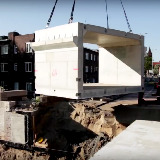 The Netherlands is known for taking better care of its cyclists than other countries, but this may be taking the cake.
The Netherlands is known for taking better care of its cyclists than other countries, but this may be taking the cake.
The sign at the beginning of the video says it all: “Spinoza Bridge closed from 2 May 9 p.m. to 4 May 11 p.m.” Two days in 2014. That is how little time it took the city of Utrecht to tear apart the bridge, put tunnel parts in the gap and repair the bridge. And all this for cyclists.
The city then took 12 more months to dot the i’s and cross the t’s, which included placing tile murals by Louise Hessel. Why the tunnel had to be built so quickly is unknown, but a report from 2009 (PDF) mentions that traffic crossing the bridge would be seriously inconvenienced if the bridge had to be closed. The same report argues vehemently against building the tunnel. Apart from the effects on traffic it mentions that the bridge’s counterweight room would ‘conflict with’ the tunnel and that the costs of alternative solutions would be humongous.
In 2015 the city started its campaign Utrecht Fietst (Utrecht Cycles) and (the run up to) this campaign may have created the funds and the political will to improve the cycling situation around the Spinoza Bridge after all. Alderman Lot van Hooijdonk opened the tunnel on 28 November 2014.
A more recent cycling development in Utrecht is that the city has closed a lot of bike paths to mopeds, which aren’t allowed to go faster than 25 kph, but reach much higher speeds in practice.
See also: The city of Utrecht received 5,000 answers when it asked which traffic lights should go
(Illustration: crop of the video, link: Mark Wagenbuur)

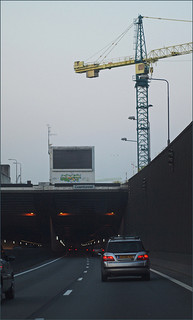
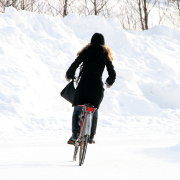 The towns of Utrecht and Zutphen will start experiments with heating bike paths,
The towns of Utrecht and Zutphen will start experiments with heating bike paths, 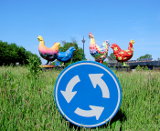 Dutch car repair shops are having a tough time. Their turnover has been dropping for years,
Dutch car repair shops are having a tough time. Their turnover has been dropping for years, 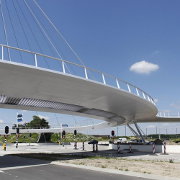 The city of Eindhoven wanted to change the roundabout at the Noordbrabantse laan back to a regular intersection, but figured that this would be too dangerous for bicyclists. Their novel approach? To keep the roundabout for bicyclists, but shift it a couple of metres up into the air.
The city of Eindhoven wanted to change the roundabout at the Noordbrabantse laan back to a regular intersection, but figured that this would be too dangerous for bicyclists. Their novel approach? To keep the roundabout for bicyclists, but shift it a couple of metres up into the air.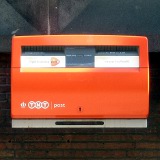 It took a couple of lawsuits to put their prospective gatekeepers into place, but both the Dutch postal code data and the Dutch road map data have been set free.
It took a couple of lawsuits to put their prospective gatekeepers into place, but both the Dutch postal code data and the Dutch road map data have been set free.
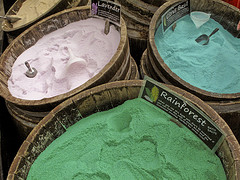 The city of Etten-Leur in Noord-Brabant has purchased 18 tonnes of bath salts to sprinkle roads with, in an attempt to keep the roads from freezing.
The city of Etten-Leur in Noord-Brabant has purchased 18 tonnes of bath salts to sprinkle roads with, in an attempt to keep the roads from freezing.